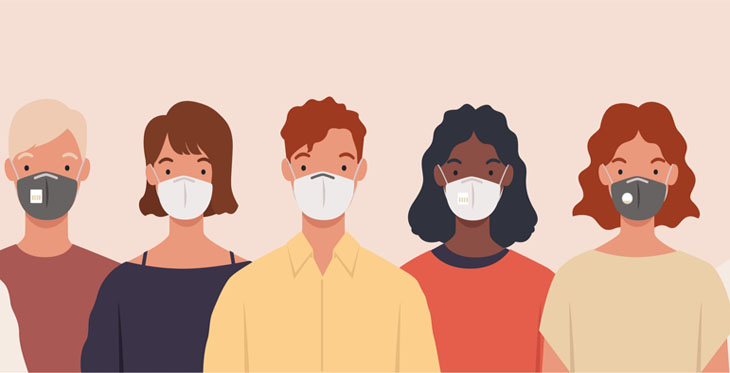The COVID-19 pandemic has completely transformed our world in a matter of a few months. Issues that have prevailed for years like healthcare access disparity, have become exacerbated even though agencies have put forth their best efforts to mitigate the effects.
Carol Lewis, a manager for community health education (CHE), has experienced the effects of this inequality firsthand in Yavapai County. Yavapai county is a county in central Arizona with approximately 235,100 inhabitants of which about 46,000 live in its largest city of Prescott Valley. It’s population is spread over 8,128 square miles leading to a population density of about 26 people per square mile.




